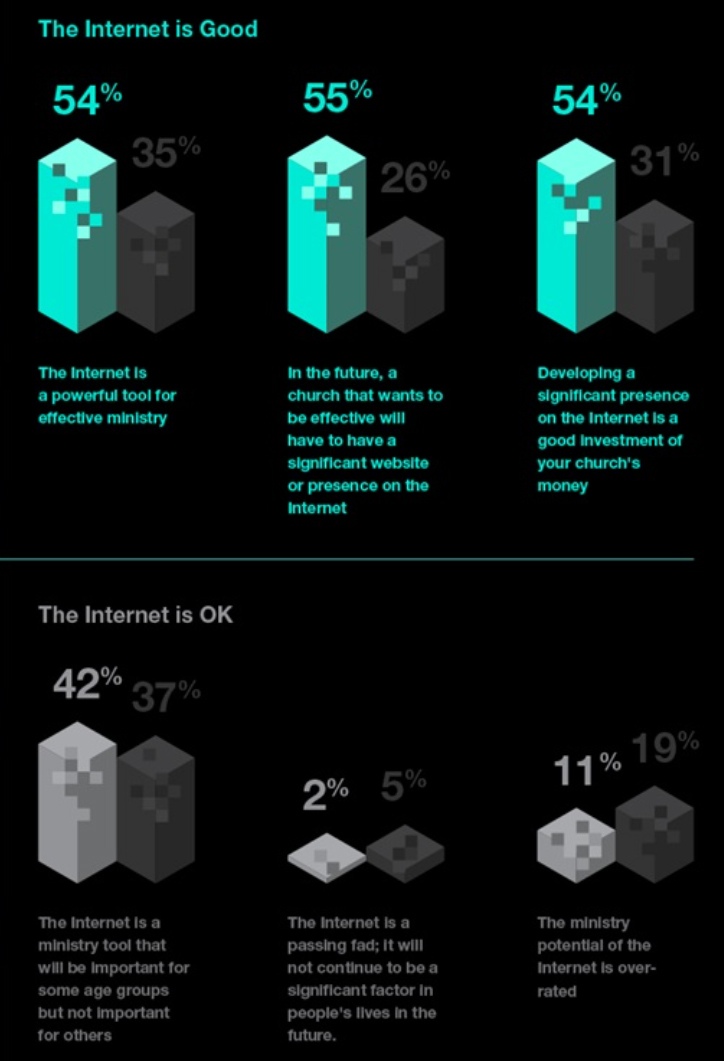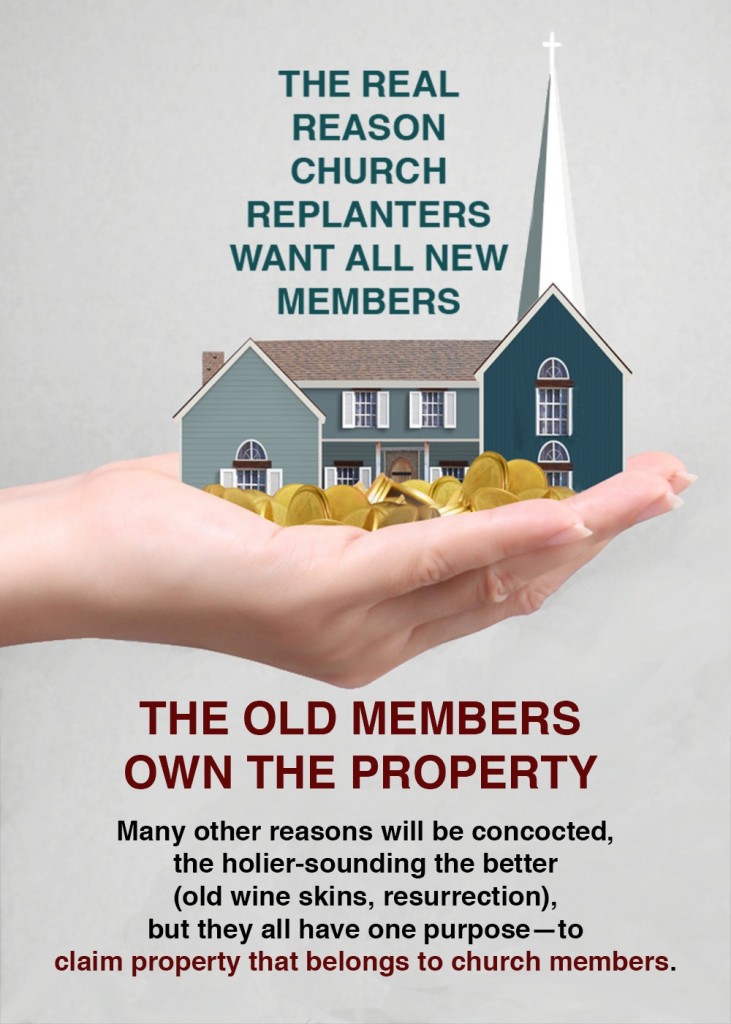 Create a blog with good, sharable content and let people find it!
Create a blog with good, sharable content and let people find it!
Last year, 2×2 started posting slideshows, channeling them through a social media platform called SlideShare. It was an experiment. SlideShare was fairly new and was getting some good press. Churches are likely to overlook it as it is not as well known as Facebook, Twitter, Instagram and Pinterest.
SlideShare is big with marketers. Evangelism is a form of marketing. Worth a try!
Since last summer, we’ve been publishing less content while we focused on restructuring. We are a small, all volunteer church.
Today we received a surprise email. We thought our SlideShare site was just sitting there. We had posted nothing in months and hadn’t checked on it!
The email from SlideShare was encouraging.
2×2’s SlideShare site is among the top 5% of sites on the SlideShare Social Media Platform.
Wow! What a surprise!
That’s a reach we had not been calculating in our usual statistics.
This illustrates a point. The reach of a website goes way beyond the first tier of traffic. You may get only 100 readers a week but if you put good, sharable content on your church blog and intentionally link to other social platforms—and ask others to share—you’ll extend your influence. And it will happen while you sleep! Passive evangelism?!
The internet is full of surprises. Our SlideShare site is popular in the Ukraine! About 25% of our SlideShare traffic comes from the Ukraine. Makes sense! The Ukraine would have churches in the Orthodox tradition. The Orthodox Church uses icons in worship to focus meditation.
How did this happen? We are a small neighborhood congregation in Philadelphia. Who would have thought that we could influence Christians in the Ukraine!
This is how it happened for us—one of those overnight successes that takes 20 years!
A man in our neighborhood often worshiped with us. He was a big influence despite the fact that he never joined. He worked with neighborhood children in a choir which met at our church and often sang during our worship services. He brought icons to children’s choir practice to teach songs. He used songs from the Taize tradition, which blends the Catholic, Orthodox and Protestant traditions of Europe. The use of imagery became part of Redeemer’s eclectic worship experience. We soon started using powerful imagery in our weekly bulletins. This, no doubt, influenced our creation of the slideshows posted on SlideShare. One thing leads to another!
It is the magic of small church ministry—the type of mission activity that church professionals don’t know how to measure and usually overlook when they assess congregations.
Every neighborhood congregation can now serve the world!
See how the internet can change mission thinking? Every neighborhood congregation can now serve the world!
We learned other things by reviewing our SlideShare statistics. We can see that our viewership grows with activity. We would probably have three times the statistics if we hadn’t slowed our content creation.
What does that tell us? Back to making slide shows!
(Actually, one of our projects we are about to launch is a training webinar—an extension of our SlideShare experiment!)
We will keep asking questions. If SlideShare is reaching thousands of viewers, should we start using YouTube? What about Instagram and Pinterest?
Questions like these arise every day in the digital world. Sadly, the structure of Church is often such that we evaluate what we are doing far less often. We are ill-equipped to make spur of the moment changes that are necessary for survival. There is a hefty financial commitment to keeping things the way they are. The world passes us by between those annual and bi-annual meetings! Some things require an act of God!






